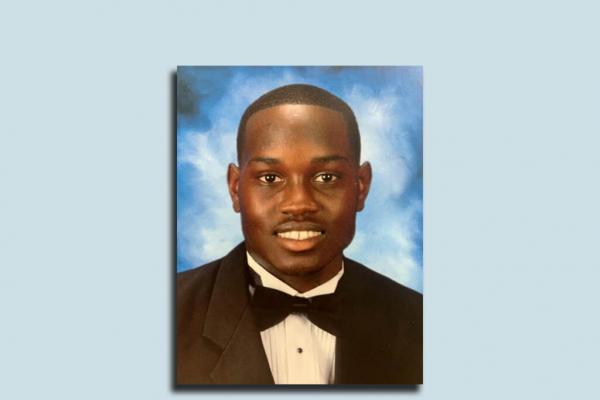May 12, 2020
What value is there in circulating a depiction of innocent black death?
Read the Full Article

Already a subscriber? Login

What value is there in circulating a depiction of innocent black death?
